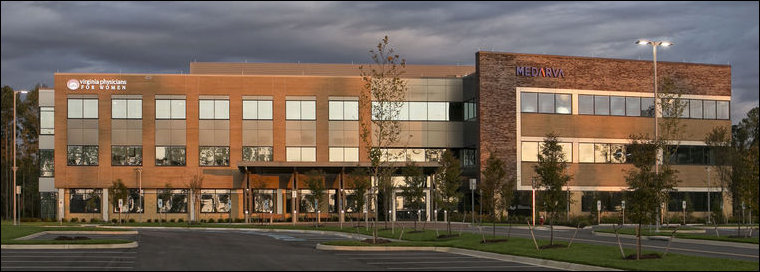After two years, a thousand hours of staff time, and more than $300,000 in legal fees and other expenses, Medarva Healthcare has received a Certificate of Public Need (COPN) allowing it to build two new outpatient surgical rooms in Goochland County. But there was a catch: The company had to close two surgical rooms at its existing outpatient center in Stony Point in the west end of Richmond. Net gain: zero operating rooms.
Medarva originally had applied to build the two new operating rooms in addition to its Stony Point facilities south of the James River because activity at the existing center had reached its limit. President and CEO Bruce Kupper indicated that having two locations, though less than what the company wanted, was still beneficial. “We’ll be able to manage the volume in both places,” he said, as quoted in the Richmond Times-Dispatch.
But Kupper was frustrated by the COPN process. “I think the way the COPN process is currently constructed and interpreted, it’s really designed to protect the acute care hospital franchises,” he said. “It does not acknowledge the changing reimbursement insurance models, where patients are now on the hook for a higher portion of their cost.”
The theoretical justification for COPN is that curtailing capital spending on redundant beds, operating rooms and equipment will dampen increases in health care costs. Ironically, Medarva will spend $15 million to $16 million anyway just to relocate operating rooms from the Stony Point office park to the West Creek office park.
As COPN has evolved in practice in Virginia, health care regulators often attach requirements to provide a minimum volume of indigent care. Hospital health care for the uninsured has become part of the state’s medical safety net. However, by bolstering the status quo, COPN inhibits the market’s evolution to more cost-effective medical settings.
Acute care hospitals are incubators of deadly infections that can complicate routine procedures for patients. Curbing hospital-acquired infections is one of the greatest challenges facing the health care sector today. The Centers for Disease Control counted 722,000 incidents of hospital-acquired infections in 2011. By contrast, free-standing surgical centers are far less susceptible to the spread of disease, and outpatients experience a lower rate of such complications. Also, as Kupper noted, free-standing centers also offer higher levels of service.
Now, thanks to COPN, the Richmond medical marketplace will have two fewer free-standing operating rooms than it would have had otherwise, and patients will have fewer choices than they would have.
The entities benefiting from this restriction are not money-losing rural hospitals that desperately need protection from competition. The west end of the Richmond metropolitan area is one of the most affluent parts of the state, and the hospitals serving it are enviably profitable. Bon Secours St. Mary’s Hospital reported $41.8 million in 2014 operating income, while Henrico Doctors Hospital, part of the HCA Healthcare system, earned $59.1 million in profit.



